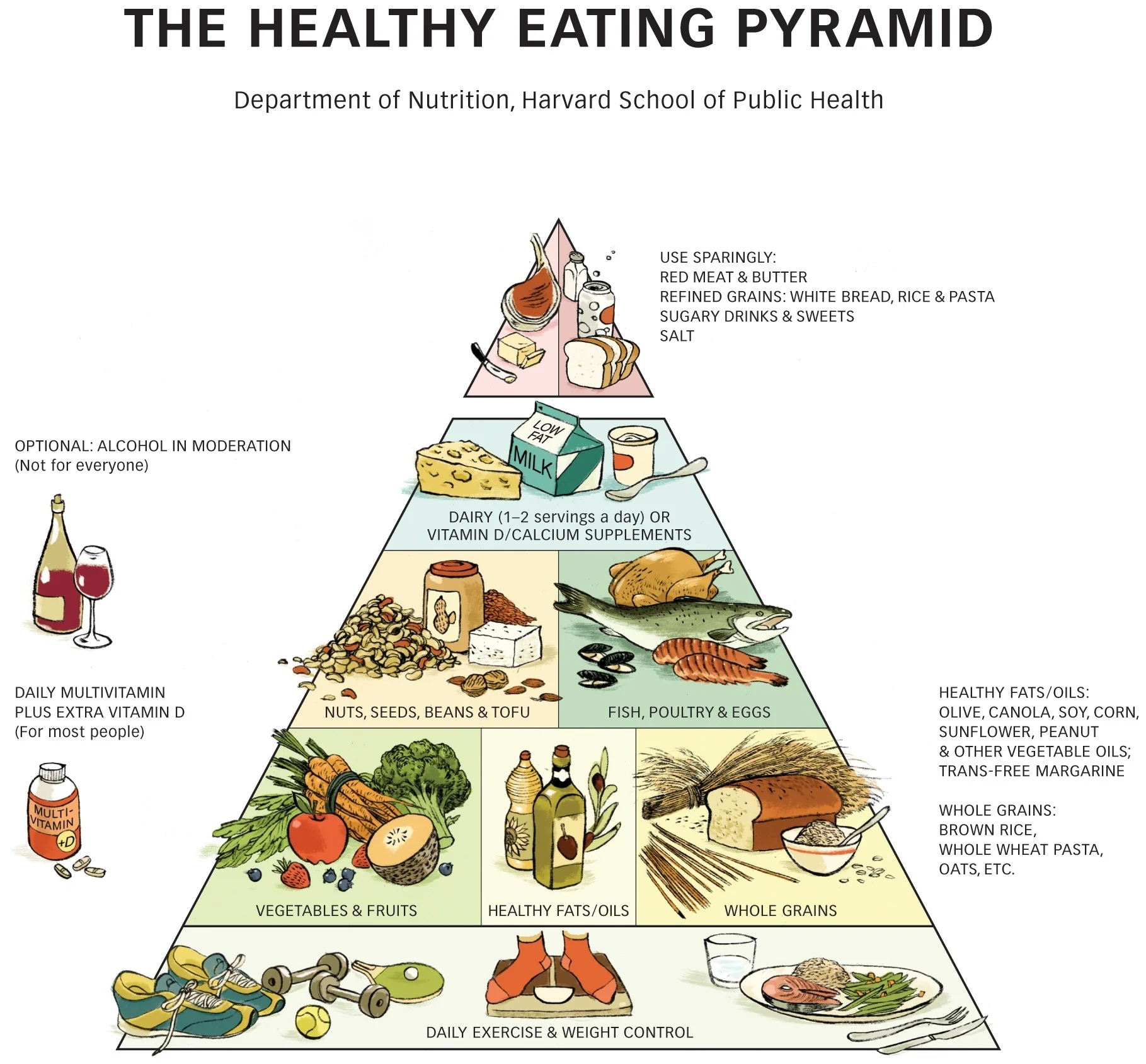A Guide to Nutrition and Healthy Eating
It is no secret that what we eat has a direct impact on our health and well-being. The food we consume provides our bodies with the essential nutrients needed for growth, development, and repair.
The nutrients in food also play a role in the regulation of our metabolism, energy production, and cell function. Therefore, it is important to consume a variety of nutrient-rich foods from all the food groups to promote overall health and wellness.
What is Nutrition?
Nutrition is the study of the relationship between diet, health, and disease. It focuses on how the body utilizes the nutrients in food and how these nutrients interact with each other.
There are six main categories of nutrients:
1. Carbohydrates
2. Lipids (fats and oils)
3. Proteins
4. Vitamins
5. Minerals
6. Water
Carbohydrates, lipids, and proteins are macronutrients, meaning they are required in large amounts to maintain good health. Vitamins and minerals are micronutrients, meaning they are needed in small amounts to support the body’s functions.
Water is essential for life and is required for the proper functioning of all the body’s systems.
Nutrition and Healthy Eating
Making healthy food choices is a key part of maintaining a healthy lifestyle. Eating a balanced diet that includes a variety of nutrient-rich foods from all the food groups is the best way to meet your nutritional needs.
There are many different approaches to healthy eating, but all of them have one thing in common: an emphasis on consuming more whole, unprocessed foods and fewer processed foods.
Whole foods are those that have been minimally processed and are free of additives and artificial ingredients. They are generally healthier than processed foods and are a better choice for meeting your nutritional needs.
Processed foods are those that have been altered from their natural state and often contain additives and artificial ingredients. They are often less healthy than whole foods and should be consumed in moderation.
The following are some tips for making healthy food choices and following a healthy eating pattern:
1. Choose whole, unprocessed foods most of the time.
2. Eat a variety of nutrient-rich foods from all the food groups.
3. Limit your intake of processed and Junk foods.
4. Pay attention to portion sizes.
5. Make sure to get enough protein.
6. Drink plenty of water.
7. Avoid sugary drinks.
8. Limit your intake of saturated and trans fats.
9. Avoid excessive amounts of salt.
10. Get regular exercise.
Making healthy food choices and following a healthy eating pattern is not only important for your physical health, but it can also have a positive impact on your mental health and well-being. Eating a healthy diet has been linked with lower rates of anxiety and depression, better cognitive function, and a lower risk of developing Alzheimer’s disease.
Healthy eating is a journey that should be tailored to your individual needs and preferences. There is no “perfect” diet, and what works for one person may not work for another. The most important thing is to be mindful of your food choices and to make sure you are getting the nutrients your body needs to function at its best.
